Modern Performance for America's Sports Car
While the early models featured spectacular race-inspired performance, federal regulations resulted in lackluster power in later models. For example, the early LS6 454 cu in big-block was conservatively rated at 425 hp but by the late '70s, the top power output was down to 180 hp from a detuned 350 V8.
From the first Mako Shark II Concept through the mid-'70s the Corvette saw many updates in styling, including early efforts by chief engineer Zora Arkus-Duntov to create a mid-engined model. Flush door handles, retractable headlights, hide-away wipers, concealed cooling vents contributed to a design that was well received at the time. The chassis may have carried forward from the C2 but the styling was dramatically different. Over the life of the C3 irritative improvements continued to improve the aesthetic even while performance suffered. In 1970 fender flares were added, interiors were tweaked, seats improved and even a special ZR1 race suspension added.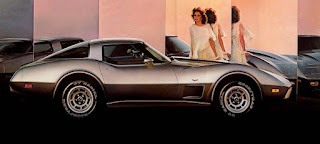 |
| 1978 Corvette Poster |
While the car looked great with the special $399 B2Z Silver Anniversary package, the L-82 220 hp HP 4-speed recorded a lackluster 6.6 second 0-60 mph. Hardly race-inspired performance by today's standards, and not even close to the chrome-bumper big block of earlier variants, but it held up well for the period. For perspective, in the '80s as the C3 was finishing its production run, the fastest production supercars were the Ferrari Testarossa with 0-60 mph in 5 seconds and the Lamborghini Countach featuring a 0-60 time of 3.7 seconds.
What if, Zora Arkus-Duntov and his team had access to technology that would allow the car to perform as well as it looked and still met federal emissions standards? What would the 25th anniversary Corvette be like? Rather than simply detuning the 350 V8, imagine if the team had access to computer-controlled engine management that monitored and adjusted parameters to deliver maximum performance under any condition.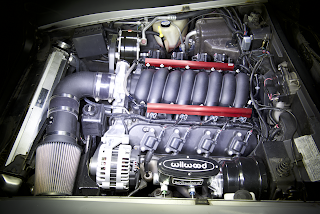 |
| Corvette C3 with GM Performance LS-3 |
Today's feature is a numbers-matching 1978 C3 that had only 8600 miles and ran great. NCRS inspector that performed the prepurchase inspection admitted it was an excellent example, but the owner imagined much more.
It was taken to JPD Motorsports in Utah for a performance upgrade and while hot rod power was the primary goal, handling and stopping performance would also need to be improved. The upgrade started with a repurposed LS-3 hot-cammed engine from an award-winning race car. All that power would overwhelm the rest of the drivetrain so an American Powertrain TKO-600 5-Speed was fitted and the rear end rebuilt by VanSteel. Handling was addressed with VanSteel Advanced Street & Slalom suspension kit. If it goes fast, it will need to stop so 6-piston 14" Wilwood brakes were fitted requiring larger wheels from Forgeline Performance wrapped in BFGoodrich Force Sport Comp-2 summer tires. American Racing headers with Magnaflow exhaust assured free-flow exhaust and exceptional sound.
The goal of the owner was to keep the exterior and interior as original as possible, however, the original seats would not provide the lateral support required by the new performance improvements. C6 seats were fitted but with custom covers matching the oyster interior. Another minor upgrade was required as analog looking digital gauges from Dakota Digital were installed. One final upgrade, as cool as it was to have the original 8-track, it was replaced by a modern retractable touch screen multimedia Bluetooth sound system.
Now complete, this 1978 Corvette Resto-Mod is a perfect example of how modern technology can upgrade a classic car with today's performance. The car is reliable, easy to service, still connects the driver to the road, has incredible power, amazing sound, and retains the elegant design of the classic Sting Ray. A perfect everyday driver that retains much of the original driving experience and still a thrill for any hot rod enthusiast.
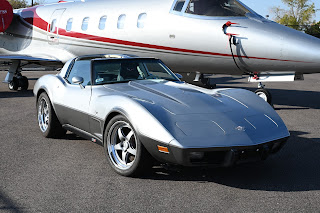


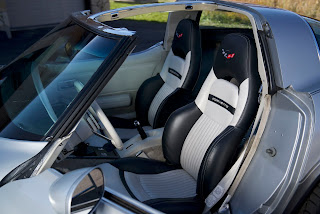
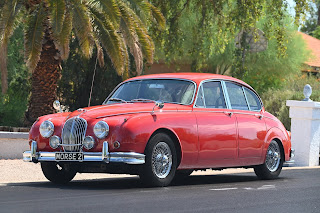
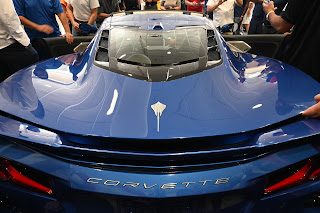
Comments
Post a Comment